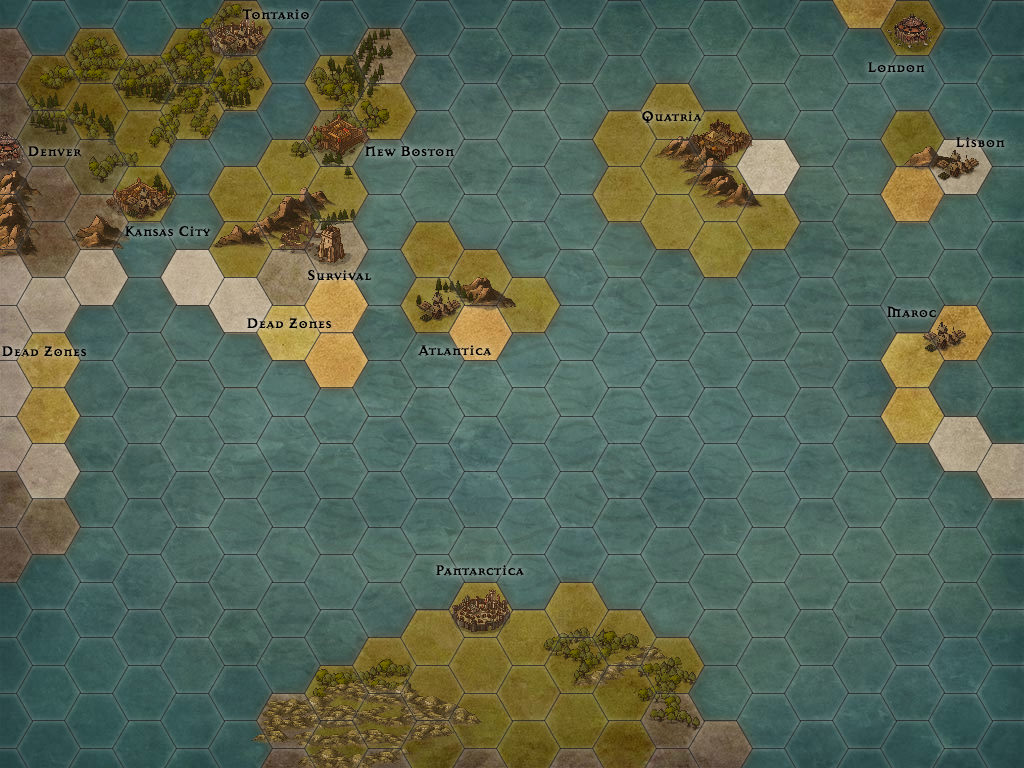The Tri-Cities had deteriorated rapidly during the Disruption of Service. It actually began in the suburbs, which is counter to what the urban development experts had predicted in their threat modeling. Everyone expected the tri-urban centers to go up in flames first – what with racial tensions, lack of services, and exaggerated income inequality.
But the urban poor, or those who remained, managed to adapt more quickly than the rest. As the rich and middle class fled the city centers, their influx and passage put an enormous strain on surrounding suburban and exurban zones. No one knew exactly where they were fleeing to, just what they were fleeing from.
But the city centers in the Tri-Cities did not explode with anger and hostility as the official social order collapsed. Released from their obligations to go to jobs which occupied all their time, but which prevented them still from making ends meet, the extant urban poor took a breath and a step back, collectively, to examine their situation. Neighborhood people’s councils spontaneously formed and spread, autonomously self-organizing the remaining citizens into squads to scout and secure provisions from the businesses and store-houses which were rapidly being abandoned.
Similar efforts were attempted in the suburbs, but the burgeoning spirit of mutual cooperation was stifled by the hordes of exurban refugees fleeing without logic or purpose, and without regard for those who already lived in the locales which they came to overrun.
The urban Peoples’ Councils organized early on what came to be termed the Carrying Out. Those who remained went into their homes and apartments, and those of their neighbors who had fled, and collectively carried out all the supplies and products which had been accumulated in the many long years of hoarding which lead up to and resulted in the Disruption of Service. People carried out whatever they could lift and made great piles in the streets of the neighborhoods. Council leaders appointed inspection units to then go through the vast mountains of loot and organize it into likely utility in the face of the coming days, weeks, months or perhaps years until – or if – Service was ever to be restored.
Perishable food here, non-perishables there. Medical supplies, clothing, tools, weapons, currency, alcohol. Objects for possible trade with other councils. Gasoline was siphoned out of vehicles and stored. Buildings with specialized facilities were claimed and put under the control of the councils. Some neighborhoods with stronger councils and leadership fared better than others. But there was no significant rivalry nor conflict that sprung up. Weaker councils joined with stronger, and people shuffled their places of residence according to what was newly available and desirable giving the emerging shape of the unfolding order of the new world. Anything not immediately or foreseeably useful to the lives and security of the councils were piled up onto the edges of the neighborhoods into great barricades of trash, with controlled access points. It was not perfect security, but it was better than their suburbanite counter-parts fared.
As the cities emptied of their wealthy, and they found their electronic cash reserves unusable, they were faced with harsh realities to which the poor had long suffered with – conditions which to them were normal. Being “rich” without riches was a practical impossibility. Individual landholders outside of the cities did not take favorably to those outsiders pushing into their worlds, insisting on privileges which their pocketbooks could no longer back up.
And so, many of the suburbs simply burned. There were outbreaks of fighting in the streets as locals drew lines in the sand which were not respected by those whose sudden difference in standard of living seemed to drive a wild, terrified need which translated all too readily into violence.
And as the suburbs descended further and further into chaos, the urbanites built higher and higher their barricades, to prevent the return of the over-class which they had at long last cast off. But as the Disruption dragged on and on, and it became clear that no help would arrive from outside, the formerly wealthy had no desire to go backwards. Those who couldn’t settle peaceably in the suburbs pushed on into the countrysides.
There was a parallel phenomenon to the city councils which sprang up, however, in certain suburban areas, centered around the shopping malls. Those who feared the growing chaos in formerly placid neighborhoods gathered cowering in the shopping malls, the food courts, the big box stores. They had always seen these places as providing for their needs in normal life, and as things became more and more abnormal, they developed an almost spiritual convinction that these places would give them rest, comfort and provision.
To a certain extent, they did. There developed a strange renaissance, for example, around the old Tri-Cities Shopping Centre, the management, maintenance and security teams of which remained somehow largely intact during the Disruption. A testament to their corporate integrity perhaps, or a stroke of luck or fate. They opened their doors to local suburban and fleeing exurban alike who could pay the door fee of usable goods and skills.
Much like in the urban councils, the shopping mall leaders gathered up and re-organized the usable goods from within the mall, stockpiling them under lock and key by categories along with whatever admitted refugees brought with them. And the people took up residence like hermit crabs inside the abandoned shops, becoming rapidly tribalized around the brands under whose signs they huddled for protection from the chaos of the world outside.
The life of these Disruption era mall-communities, as ever, was centered around the food courts, where management distributed according to careful plans food and medical supplies, and the people sat or stood during the days chatting, playing games, telling stories, or holding their own makeshift tribunals to decide their collective fates.

